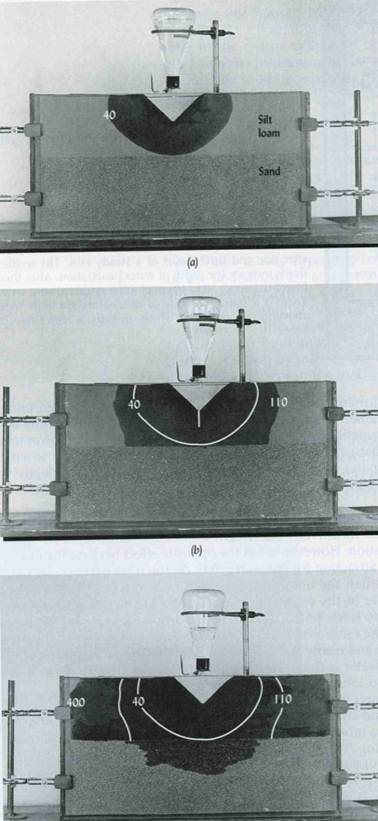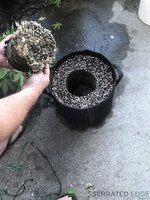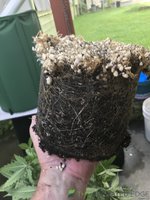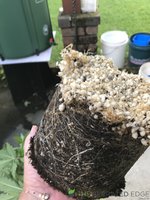if your putting stones or perlite or sand / anything at the bottom of pots for extra drainage
you might want to do some research into the "Perched Water Table" in pots to understand
how water will travel through a pot of soil of differing layers
"The layer of gravel creates an area for the water to drain through to escape. The creation of drainage
commonly involves a layer of gravel. , “Logical thinking 101.” , Yes ?
this isn’t logical thinking:
it’s intuitive. It’s what we think is going to happen in the absence of any evidence.
And in this case, it’s wildly inaccurate.
The fact is, when water moving through a soil reaches a interface between different soil types, it stops moving.
Here’s a photo from a very old research paper on the topic:

A layer of silt loam sits above a layer of sand, and water from an Erlenmeyer flask drips in.
Intuition says that when the water reaches the sand, it will move more quickly through the
sand because the pore spaces are larger than those in the silt loam.
But intuition is wrong,
as this series of photographs clearly demonstrate. Water is finally forced into the sand layer
by gravitational pressure, only after saturation of the silt loam that can not hold anymore water
if the soil you use drains adequately there is no need to add drainage to the bottom of a pot
removing the stones at the bottom leaves more space for soil organic matter & organisms to
feed on & convert to plant nutrients
adding stones at the bottom of a pot the problem of over watering can become more of a possibility








